Support OpenDurham.org
Preserve Durham's History with a Donation to Open Durham Today!
OpenDurham.org is dedicated to preserving and sharing the rich history of our community. Run by our parent nonprofit, Preservation Durham, the site requires routine maintenance and upgrades. We do not ask for support often (and you can check the box to "hide this message" in the future), but today, we're asking you to chip in with a donation toward annual maintenance of the site. Your support allows us to maintain this valuable resource, expand our archives, and keep the history of Durham accessible to everyone.
Every contribution, big or small, makes a difference and makes you a member of Preservation Durham. Help us keep Durham's history alive for future generations.

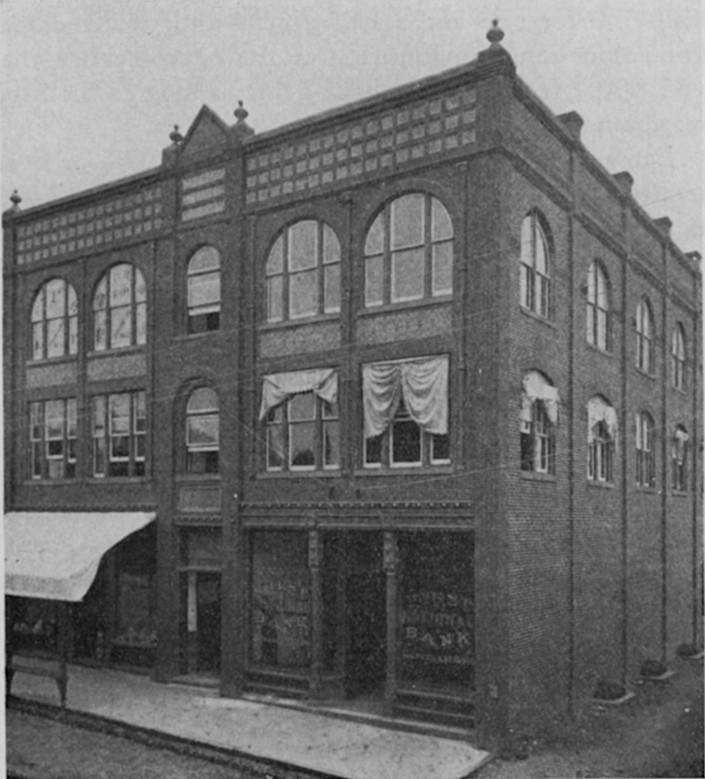
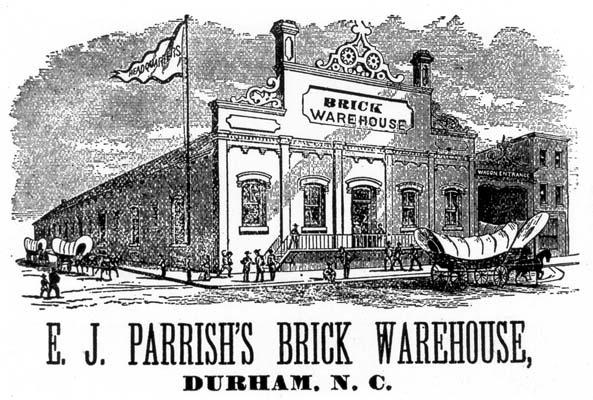
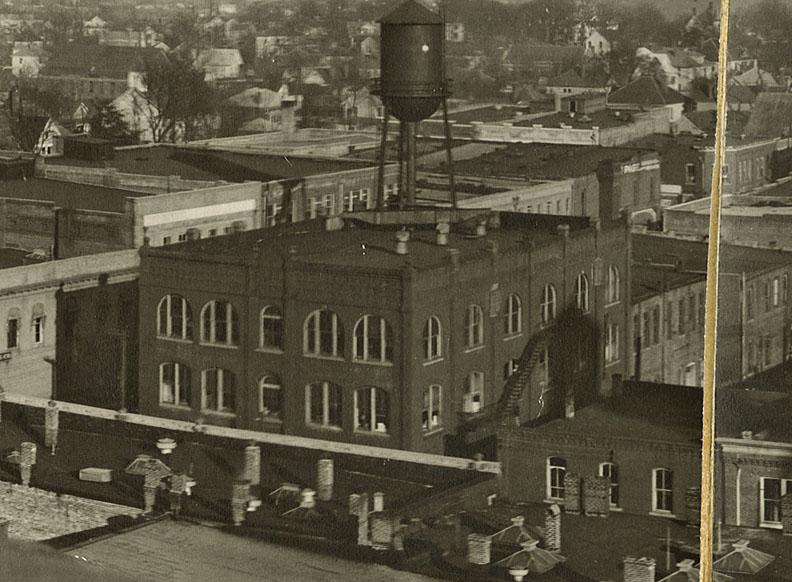
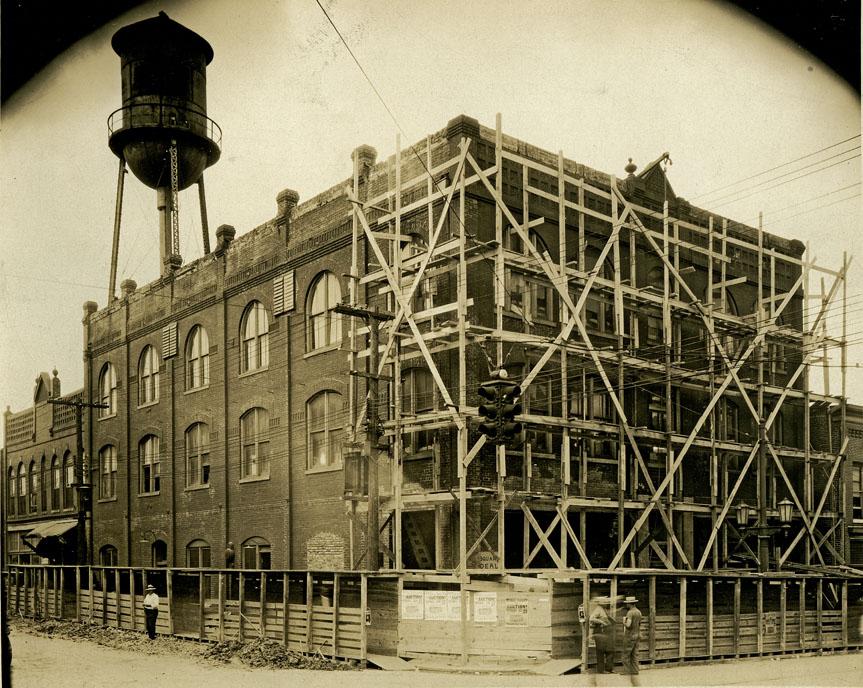
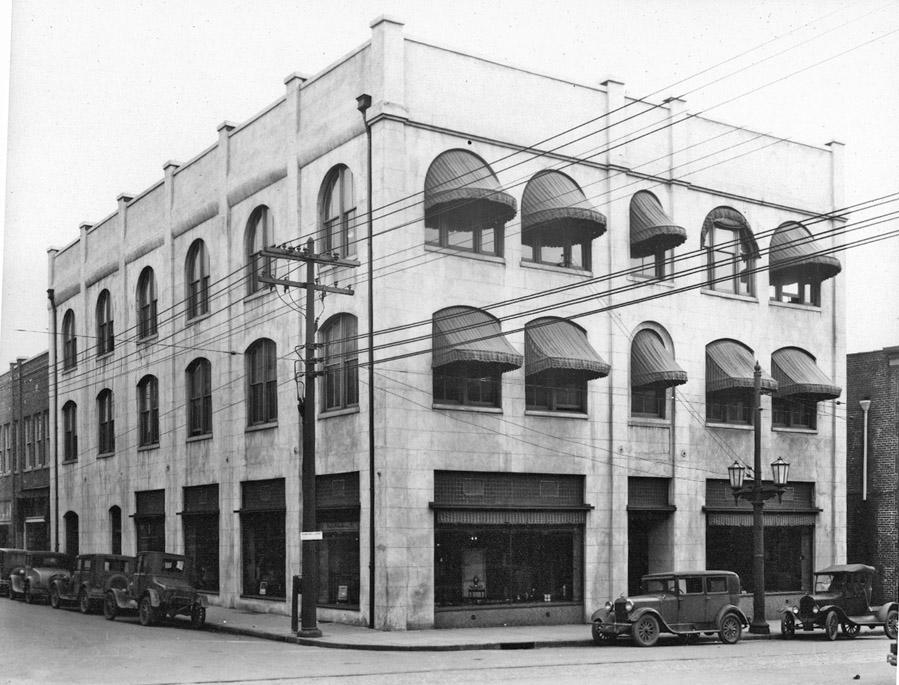
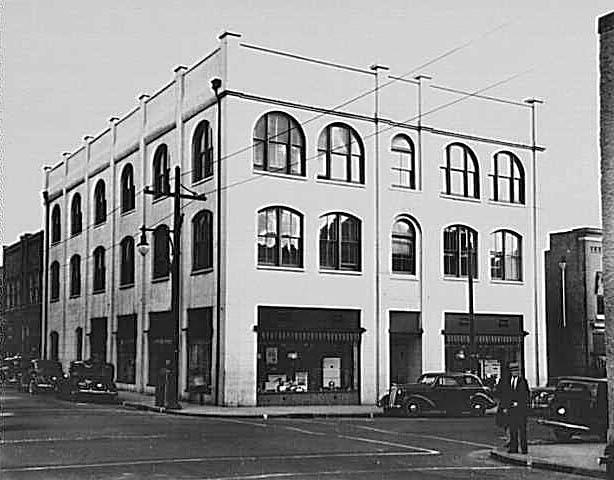
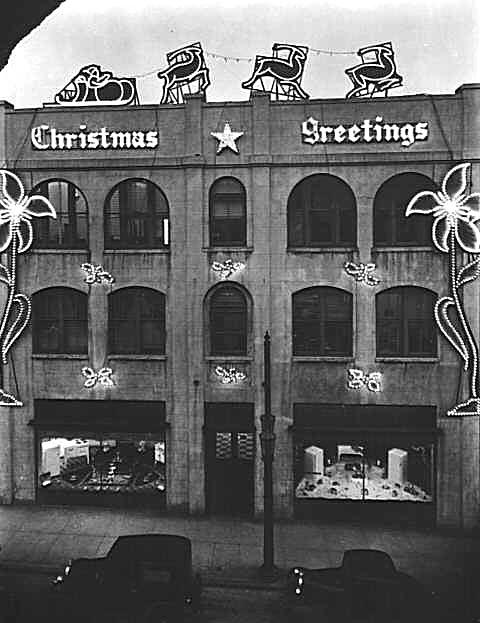
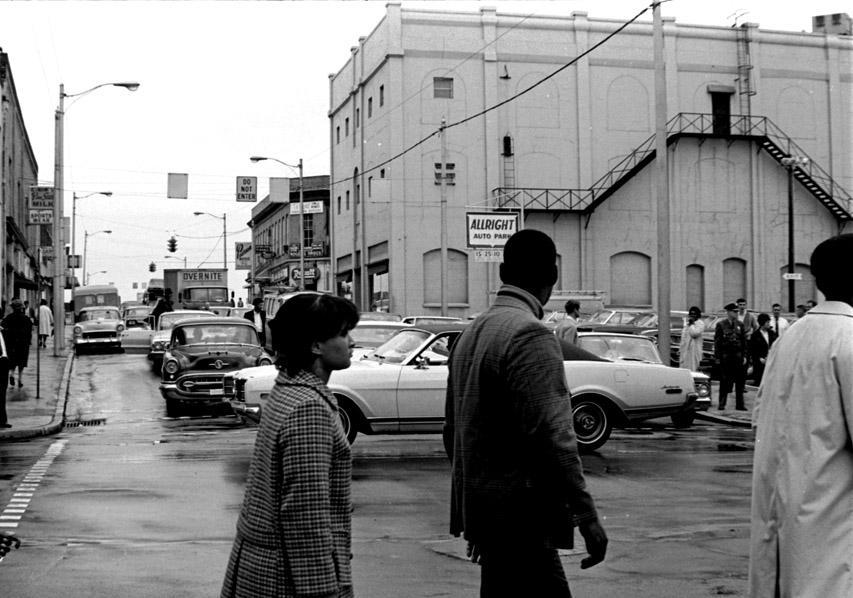
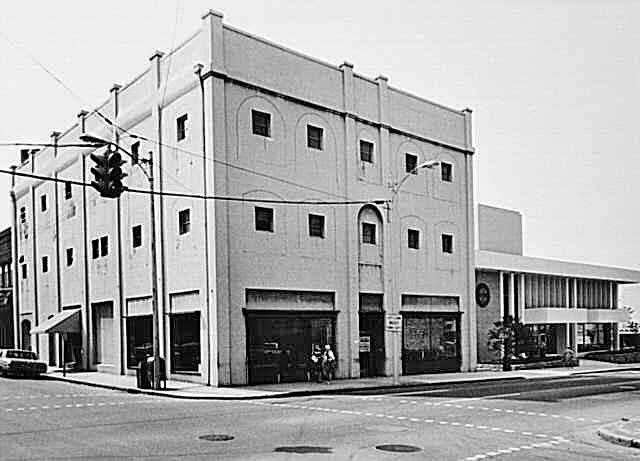
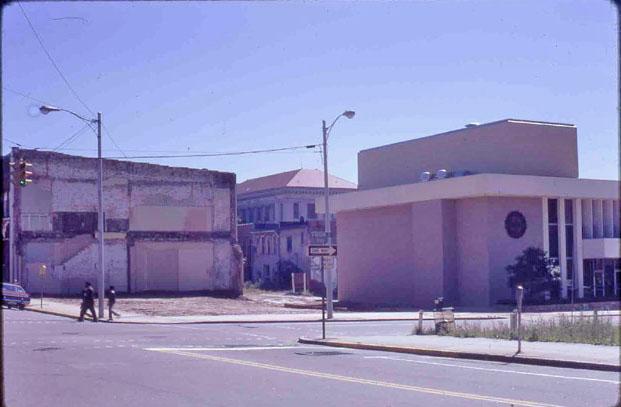
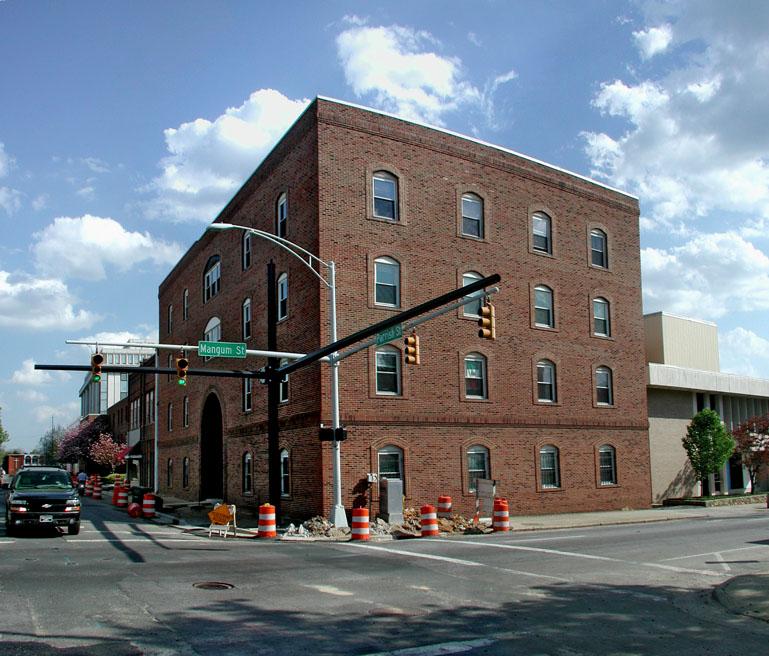
Comments
Submitted by Barry Ragin (not verified) on Wed, 4/11/2007 - 5:05pm
Gary - i can't imagine that energy savings were on anyone's mind when it came to bricking up windows in the 50s and 60s. Following WWII, supply exceeded demand for pretty much an entire generation, up until the 1973 oil embargo, which essentially created OPEC as a world power.
I think Civil Defense concerns may have been a greater factor in bricking up windows in old buildings. I was a little young then, myself, so i can't say for certain. But i definitely spent more time ducking and covering as a 6 year old than learning about energy conservation.
Submitted by Gary (not verified) on Wed, 4/11/2007 - 7:15pm
Barry
You are right, and as I thought more about it, it's extremely unlikely that Duke Power would do anything to outwardly promote energy conservation.
It just amazes me how pervasive this was - and it seems hard to imagine that it was all aesthetics. If you look at my hotel carrolina/durham silk hosiery mill post, you'll see that they did essentially the exact same thing on a huge factory building. It goes along with my ongoing struggle to understand removing the top floors from buildings as well. I've heard energy costs, property taxes - all kinds of hypotheses.
Civil defense is an interesting idea that I hadn't considered. What do you think the perceived threat would be that would be averted?
Thanks for commenting.
GK
Submitted by Michael (not verified) on Wed, 4/11/2007 - 9:10pm
Making them into fallout shelters?
Just guessing...
Either that, or it was a knee-jerk reaction against race riots, trying to make buildings harder for burning things to be thrown into. If that's what it was, it was a pretty damn huge overreaction.
Submitted by Barry Ragin (not verified) on Wed, 4/11/2007 - 9:36pm
Well, i think you see this trend throughout the country, not just in the South or areas prone to "urban unrest." But without more research i couldn't say that unequivocally.
But i think racial tensions in general are probably not as much a factor.
The reason i say Civil Defense is that i vividly recall, as Michael hints, fallout shelter signs pretty much everywhere on my trips throughout Manhattan and the Bronx with my grandmother as a child in the late 50s and 60s. The fear of "the Bomb" was omnipresent. I don't know if glass is truly more transparent to ionizing radiation than brick, or if that was just a common supposition, but i think the prevalent social attitudes about the commies would explain this architectural trend better than anything else that comes to my mind. And my recollection of old buildings in most towns i've lived in is of bricked over windows. Couldn't say that they were all bricked up at the same time, but it makes a certain amount of sense.
Which means it will probably turn out to be a maintenance issue, and all the glass cleaners had to retire because they couldn't afford insurance anymore, and it was easier to brick the windows up than try to clean them with untrained help. Or something.
Submitted by Anonymous (not verified) on Thu, 4/12/2007 - 7:41pm
Great post; I'm always interested in early movie theaters. Another one not far from the Dreamland was the Wonderland: http://digitaldurham.duke.edu/hueism.php?x=photograph&id=505
Hmmm...well, a fallout shelter on a second story isn't very practical. I know when hosiery mills (for instance) were converted to use brighter indoor lighting (large fixtures like fluorescents) and air conditioning circa 1950s, they bricked up most of the windows because they just weren't needed anymore (i.e. for lighting or ventilation). It's a whole lot easier to maintain a brick wall than a 24-paned window! I guess it also stopped daydreaming workers from staring out a window!
Submitted by Gary (not verified) on Sat, 4/14/2007 - 3:00pm
Anon
Thanks - there were a great number of theaters in the early 20th century, only a few of which I've gotten to. I will definitely profile the Wonderland when I get to do more of Hayti (I mentioned the Regal back in October). There were theaters in the 100 and 200 block of E. Main as well, which I'll get to soon.
GK
Add new comment
Log in or register to post comments.